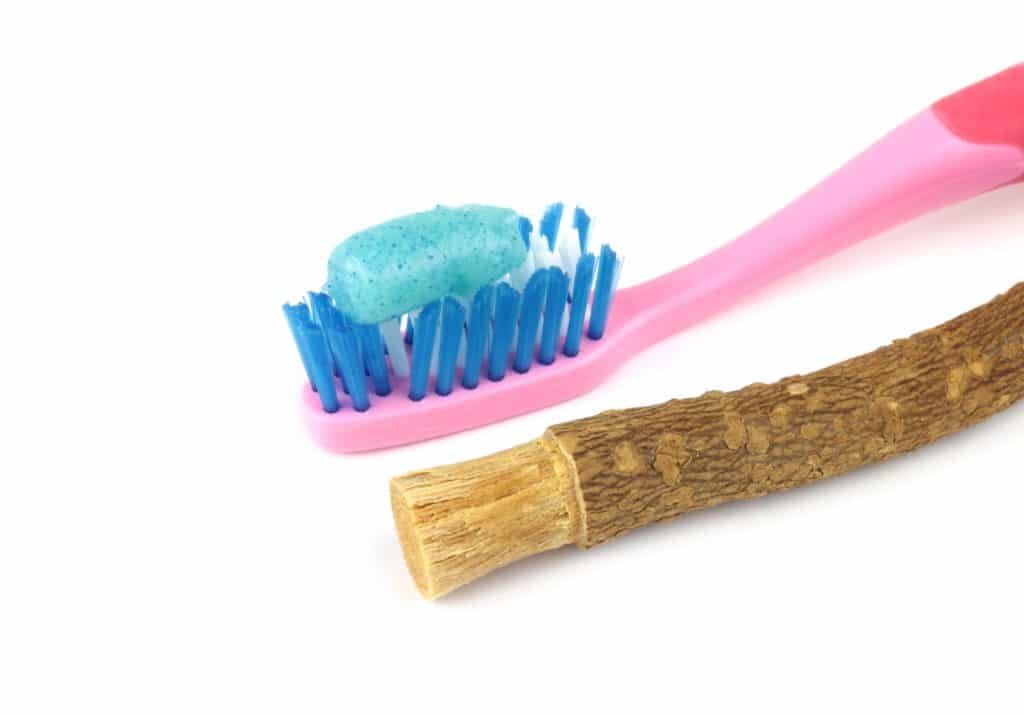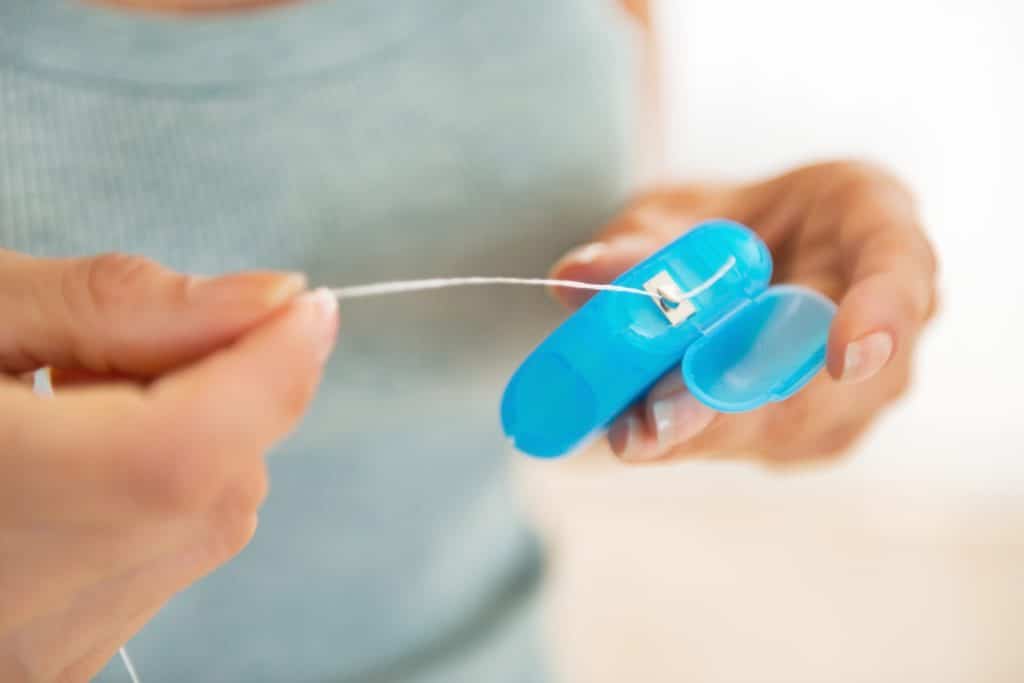Have you ever wondered when did people first start brushing their teeth as part of their daily routine? Tooth brushing isn’t just a modern habit; its history stretches back thousands of years, evolving from chewing sticks to creating the modern toothbrush. From ancient civilizations to today, humans have been finding ways to keep their teeth clean and healthy.
At Corner Dentistry, we are dedicated to informing you about everything dental, including the fascinating history behind our daily oral hygiene routines. By understanding the past, we can better appreciate the advancements that make our current practices so effective. We believe that a well-informed patient is a healthier patient, and knowing the roots of our dental habits helps us all maintain better oral health.
Why Do People Brush Their Teeth, Anyway?

The origin of teeth brushing can be traced back thousands of years to ancient civilizations such as Egypt, Mesopotamia, and India. However, the reasons why people started brushing their teeth extend beyond mere hygiene.
Early humans in hunter-gatherer societies tended to have good oral hygiene due to their diets, which were often lower in sugar and carbohydrates and focused more on proteins and fresh produce. These natural diets helped keep their teeth relatively free of decay and plaque.
As humanity settled in one place and shifted toward agricultural societies, our dietary habits changed significantly. We started cultivating crops and developed a taste for more indulgent and sweeter foods, such as grains and fruits high in natural sugars. These foods left more residue on the teeth, which, combined with the advent of food processing techniques, led to increased dental problems like cavities, crooked teeth, and plaque buildup.
In response to these new dietary challenges, ancient humans began to innovate ways to clean their teeth. They used rudimentary tools such as sticks, twigs, and even cloth to scrape off plaque and food particles. These early methods, though simple, were effective enough to maintain basic oral health.
Over time, these methods evolved into more sophisticated tools and techniques. The development of early toothbrushes and tooth powders was driven not only by the desire for clean teeth but also by emerging societal standards and aesthetic ideals. Clean teeth became a sign of health and beauty, and maintaining oral hygiene became an important aspect of daily life.
Today, we brush our teeth to maintain oral health, prevent tooth decay and gum disease, and ensure fresh breath. Good oral hygiene is also essential for overall health, as poor dental care can lead to systemic issues such as heart disease and diabetes. A bright, clean smile also boosts self-confidence and contributes to a positive social image.
A Brief History of Teeth Brushing
Humans have been taking care of their teeth for thousands of years, though their methods were quite different from what we recognize as tooth brushing today. Early dental hygiene practices involved using tools like twigs, feathers, or animal bones to remove food particles from the teeth and gums, functioning much like ancient toothpicks. These rudimentary tools were surprisingly effective in maintaining basic oral cleanliness.
The ancient Egyptians developed their own form of toothbrush using parts of the arak tree. They would chew one end until it frayed into a brush-like consistency and then use this natural tool to clean their teeth. Remarkably, the bark of the arak tree contains natural fluoride, which is beneficial for dental health and helps prevent tooth decay.
Other civilizations also contributed to early dental care practices. The Greeks and Romans, for example, used crushed bones and oyster shells as forms of toothpaste. These materials helped to scrub away food particles and plaque from the teeth. Meanwhile, the Chinese employed a variety of herbal remedies to freshen breath and promote overall dental hygiene, showcasing a blend of medicinal and hygienic knowledge.
In Europe, during the Middle Ages, dental care was influenced by various cultural practices and medical beliefs. Europeans often used mixtures of honey, salt, and herbal concoctions as tooth cleaners. Using cloths or sponges dipped in these mixtures to rub the teeth was a common practice. The Renaissance period brought about greater attention to personal hygiene, including dental care, with increased use of tooth powders made from ingredients like charcoal, chalk, and ground herbs.
These ancient practices laid the foundation for developing modern dental care techniques. Understanding when people started brushing their teeth and how they accomplished it gives us a greater appreciation for the advancements in dental care that we benefit from today.
The Evolution of the Toothbrush

As mentioned before, the first toothbrush emerged in Ancient Egypt with the use of arak sticks as brushes. These chewing sticks, made from the twigs of the Arak tree, were frayed at one end to create bristle-like fibers that effectively cleaned teeth and gums.
Over time, innovations in toothbrush design occurred across different cultures and regions. In China during the Tang Dynasty (618-907 AD), the first bristled toothbrushes emerged. These early toothbrushes featured hog hair bristles attached to handles made of bamboo or bone. This design was a significant advancement, as the bristles allowed for more effective tooth cleaning.
By the 17th century, toothbrushes similar to the ones we use today began appearing in Europe. These toothbrushes had handles made of bone, wood, or ivory, and the bristles were crafted from horsehair or boar bristles. The European designs were influenced by the Chinese models, but with local adaptations in materials and construction techniques.
Modern Day Toothbrushes
The 20th century marked a pivotal period in the evolution of the toothbrush. In 1938, DuPont introduced nylon bristles, revolutionizing toothbrush design. Nylon bristles were more hygienic, durable, and effective than animal hair, leading to widespread adoption.
The advent of the electric toothbrush further advanced dental care; it was patented in 1956 by Dr. Philippe-Guy Woog in Switzerland. The electric toothbrush provided automated brushing motions, making it easier for individuals to maintain optimal oral hygiene.
Today, toothbrushes come in many different shapes, sizes, and materials aimed to promote oral health and hygiene. Modern toothbrushes include features like ergonomic handles, varied bristle textures, and advanced technologies such as oscillating and sonic movements. These innovations continue to improve our ability to maintain oral health effectively and conveniently.
The Many Forms of Toothpaste Through the Years
Ancient civilizations utilized a variety of substances to clean their teeth and freshen their breath, reflecting their resourcefulness and understanding of oral hygiene.
In ancient Egypt, a mixture of crushed eggshells, myrrh, and pumice was used as toothpaste. This gritty paste helped to scrub away food particles and plaque, while myrrh, a resin, had antiseptic properties that promoted oral health.
Similarly, the Greeks and Romans concocted toothpaste from ingredients like crushed bones, oyster shells, and powdered charcoal. These abrasive materials were effective in cleaning teeth and maintaining oral hygiene. The Romans often added flavoring agents like mint to their toothpaste to freshen their breath.
In China and India, herbal remedies played a significant role in dental care. Common components of toothpaste included neem, salt, and charcoal. Neem, known for its antibacterial properties, was particularly valued for its ability to maintain oral health. These natural ingredients not only cleaned the teeth but also helped prevent infections and freshen breath.
Modern Day Toothpaste
Modern toothpaste began to take shape in the 19th century with formulas that contained chalk and baking soda to help scrub away tartar. These ingredients were effective abrasives, providing a more thorough cleaning compared to earlier concoctions. The development of toothpaste in this era marked a significant improvement in oral hygiene practices.
In the late 19th and early 20th centuries, toothpaste began to be commercially produced and marketed. Brands like Colgate and Pepsodent gained popularity, offering consumers more convenient and consistent products. These early commercial toothpastes often came in jars and later in collapsible tubes, making them easier to use and store.
The addition of fluoride in the mid-20th century further enhanced toothpaste’s effectiveness in preventing tooth decay. Fluoride, a naturally occurring mineral, was found to strengthen tooth enamel and reduce the incidence of cavities. This discovery revolutionized dental care and led to the widespread inclusion of fluoride in toothpaste formulations.
Modern toothpastes come in a variety of formulations, including those designed for sensitivity, whitening, and tartar control. They also include a range of flavors and additional ingredients like antibacterial agents and natural extracts to cater to diverse preferences and health requirements. This rich history of innovation underscores the ongoing commitment to improving oral health across the ages.
The Origins of Dental Floss

The origins of dental floss can be traced back to ancient civilizations where various materials were used to clean between teeth. In ancient times, people utilized thin, pointed sticks or fibers from plants to remove food debris from between their teeth.
However, the modern concept of dental floss began to take shape in the early 19th century. In 1815, a dentist named Levi Spear Parmly recommended using waxed silk thread to clean between teeth, although his recommendation did not gain widespread acceptance at the time.
It wasn’t until the late 19th century that dental floss gained popularity, with the invention of the first commercial dental floss by the Codman and Shurtleff Company in 1882. Initially made from silk, dental floss underwent further development in the 20th century with the introduction of nylon as a more durable and affordable material.
Dental floss is available in various forms today, including waxed and unwaxed, flavored, and even in convenient disposable picks, serving as an essential tool in maintaining optimal oral hygiene and preventing gum disease.
When Did People Start Brushing Their Teeth – Modern Day Dentistry
From ancient chewing sticks to modern electric toothbrushes, the dental care journey has been long and fascinating. Understanding when people started brushing their teeth highlights the importance of maintaining good dental habits. At Corner Dentistry, we are committed to helping you achieve optimal oral health. Schedule an appointment today to benefit from our expertise and continue the tradition of excellent dental care. Your smile deserves the best, and we’re here to provide it!
